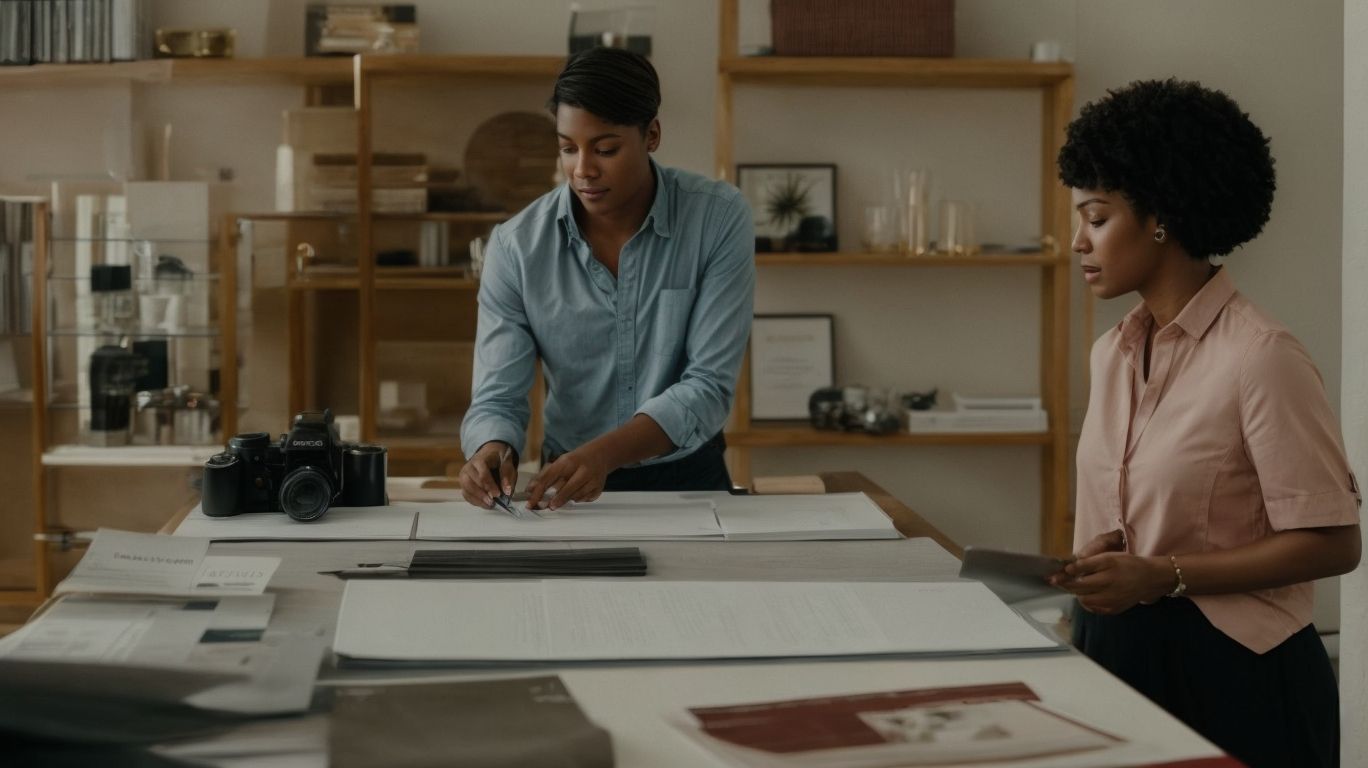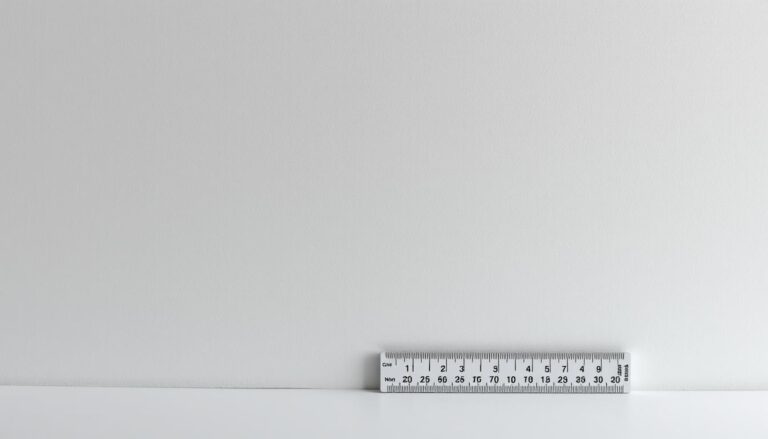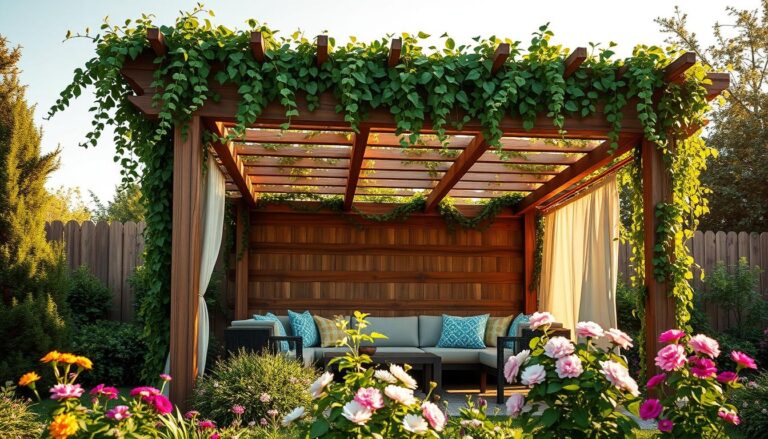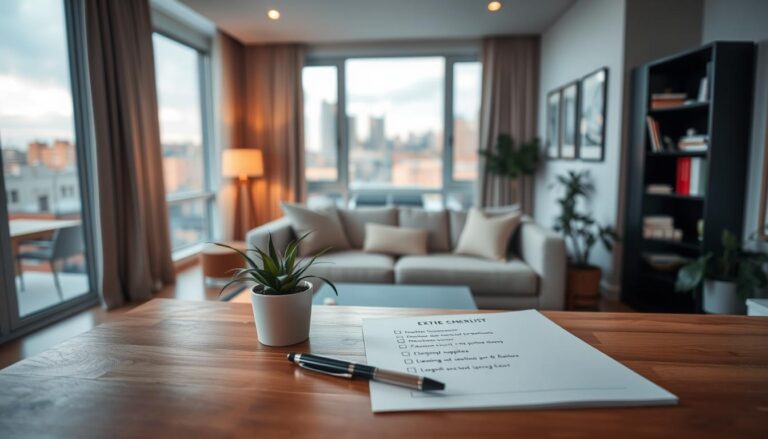Understanding Interior Designer Pricing: How Do They Charge?
Interior design is a multifaceted discipline that encompasses the art and science of enhancing the interior of a space to create a more aesthetically pleasing and functional environment. As the demand for well-designed spaces continues to grow, the need for professional interior design services becomes increasingly apparent.
In this article, we will explore the different types of interior design services, the various methods interior designers use to charge for their services, the factors that affect the cost of interior design, and the benefits of hiring an interior designer. Whether you’re considering revamping your home, office, or commercial space, understanding the intricacies of interior design can help you make informed decisions and achieve the desired outcome. So, let’s delve into the world of interior design and uncover the key aspects that will help you navigate the process with confidence and clarity.
What Is Interior Design?
Interior design is the art and science of enhancing the interior of a space to achieve a more aesthetically pleasing and functional environment for the client’s project, incorporating design concepts, customization, and a focus on meeting the client’s requirements and expectations.
It involves creating an ambiance that reflects the client’s personality and aligns with the intended purpose of the space. An interior designer carefully considers elements such as color, texture, lighting, and furniture to craft a cohesive and inviting atmosphere.
Functionality plays a crucial role as the design must also cater to the practical needs of the occupants. A successful interior design project not only brings beauty and style but also contributes to the overall reputation of the industry.
What Are The Different Types Of Interior Design Services?
Interior designers offer a range of services that encompass various aspects of a project, including design solutions, collaboration with clients, and a focus on functionality and innovation to achieve the envisioned design elements and project vision.
Their expertise involves translating a client’s preferences and needs into tangible design concepts, integrating innovative materials and technology, and creating spaces that are not only aesthetically pleasing but also highly functional. Interior designers frequently collaborate with architects, contractors, and other professionals to ensure a cohesive and well-executed design, emphasizing the importance of teamwork and communication in delivering successful projects.
Their dedication to staying updated with the latest trends and techniques enables them to bring fresh perspectives and creativity to every project they undertake, making them valuable partners in creating captivating and functional interior spaces.
Consultation
Consultation is a fundamental service offered by interior designers to understand the client’s needs, define the project scope, and provide industry knowledge, often involving a consultation fee to initiate the design process.
It serves as a pivotal phase where designers delve into the client’s preferences, lifestyle, and functional requirements. Through in-depth discussions and visual aids, designers capture the client’s vision and translate it into a comprehensive design plan. This phase allows the designers to showcase their expertise by integrating industry trends, best practices, and regulations into the project. By doing so, the consultation phase sets the foundation for a successful and harmonious design process, ensuring that the end result aligns with the client’s expectations and industry standards.
Space Planning
Space planning entails the strategic organization and utilization of available space within a project, considering factors such as project size, effective design process management, and seamless design execution.
By carefully analyzing the dimensions and purpose of each area, space planning ensures that every square inch is optimized to serve its intended function. Efficient design process management plays a critical role in streamlining the workflow and coordinating various design elements to achieve a cohesive and functional space.
The seamless execution of design plans further contributes to maximizing space utilization, creating a harmonious and visually appealing environment while meeting the specific needs and requirements of the project.
Design Concept Development
The development of design concepts is a key aspect of interior design, involving the generation of design recommendations and the creation of a comprehensive design portfolio to showcase creative solutions and design expertise.
This process typically begins with thorough research and analysis of the client’s needs and preferences, followed by the ideation phase where various design options are explored. The chosen concept is then refined through collaboration with the client and other stakeholders to ensure it aligns with the overall vision.
As the design develops, attention is paid to details such as color schemes, materials, and spatial arrangements to bring the concept to fruition. A strong design portfolio is essential to demonstrate these capabilities and showcase the successful implementation of past design solutions.
Material and Finish Selection
The selection of materials and finishes plays a pivotal role in interior design, encompassing decisions related to design materials, aesthetics, and the overall quality of the design implementation.
It is essential to consider the texture, color, and durability of materials to ensure they align with the design vision and serve the intended purpose. The finishes chosen can significantly impact the ambiance and perceived value of a space. Whether opting for natural, rustic materials or sleek, modern finishes, each choice contributes to the overall aesthetic appeal and functionality of the design.
Maintaining high design quality through material and finish selection is crucial for achieving a cohesive and visually pleasing interior.
Furniture and Accessory Selection
Interior designers are involved in the meticulous curation of furniture and accessories, leveraging design resources to fulfill design deliverables and provide comprehensive design solutions for the project.
They collaborate with clients to understand their needs and preferences, sourcing furniture and accessories that not only enhance the aesthetic appeal but also align with the functional requirements of the space. By integrating their expertise in colors, textures, and spatial planning, interior designers create cohesive and inviting environments. They rely on their knowledge of industry trends and supplier networks to choose the most suitable pieces, ensuring that every element contributes to the overall harmony of the design.
How Do Interior Designers Charge For Their Services?
Interior designers employ various billing methods and payment structures to charge for their services, often outlined in a comprehensive fee structure and service agreement that aligns with industry standards and client expectations.
This includes options such as fixed fees, hourly rates, cost-plus pricing, or a combination of these approaches. Clear communication regarding the breakdown of costs and expenses is crucial to ensure transparency and avoid misunderstandings.
Establishing a detailed service agreement, outlining the scope of work, payment schedules, and any additional charges, helps in setting clear expectations for both parties. Adhering to industry standards and ethical practices in billing is vital to maintaining trust and professionalism in the interior design industry.”
Hourly Rate
Interior designers may opt for an hourly rate as a billing method, reflecting the time and effort invested in efficient project management, seamless project completion, and the allocation of labor resources.
By using an hourly rate, designers can accurately track the time spent on different aspects of a project, allowing for a transparent and equitable billing process. This method also encourages efficient project execution as it incentivizes both the designer and the client to prioritize tasks and streamline the work process. It ensures that labor resources are allocated effectively, promoting a balanced and productive workflow throughout the duration of the project.
Flat Fee
Interior designers may opt for a flat fee or project-based fee, aligning payment with the design process and objectives, and accommodating the specific requirements of the project.
These two fee structures offer flexibility and clarity to both the designer and the client. A flat fee provides a set amount for the entire project, ensuring transparency and predictability. On the other hand, a project-based fee allows for adjustments based on the evolving needs of the project. This alignment with the design process and objectives ensures that the financial aspects of the project support the creative and functional goals.
Incorporating specific project requirements into the fee structure fosters a tailored approach that addresses the unique demands of each design endeavor.”
Cost Plus
The cost plus method allows interior designers to charge for their services based on the cost of materials, reflecting the value added through financial planning and adherence to the design budget.
This method provides transparency to clients as they are charged for the actual costs of materials used in their projects, avoiding any markups. It aligns the designer’s interests with the client’s by incentivizing cost-effective design decisions.
By emphasizing the connection to financial planning and sticking to the design budget, designers show their commitment to delivering quality while managing costs effectively, ultimately enhancing the overall value of their services.
Percentage of Project Cost
Interior designers may charge a percentage of the project cost, reflecting negotiation, adherence to budgetary constraints, and the integration of design technology to meet project requirements.
This percentage-based billing method allows for flexibility in the fee structure, aligning the designer’s compensation with the complexity and scale of the project. By negotiating the percentage with the client, designers can ensure that their services are valued appropriately.
Integrating design technology not only streamlines the design process but also helps in adhering to the budget by providing accurate cost estimations and tracking expenses in real-time. This approach ensures that the design elements meet the project’s requirements while effectively managing the financial aspect.
What Factors Affect the Cost of Interior Design Services?
Several factors influence the cost of interior design services, including:
- The pricing model employed, which can significantly impact costs, with options including fixed fees, hourly rates, or cost-plus pricing.
- The scope of the project, whether it’s a complete redesign or a specific room renovation, also affects the overall expense.
- The experience and expertise of the designer, along with their reputation, can result in higher fees.
- The location of the project plays a crucial role, as interior design costs vary based on regional economic factors.
- In addition, industry trends, such as sustainable design or technological advancements, may influence the pricing of interior design services.
Scope of Work
The scope of work plays a crucial role in determining the cost of interior design services, considering factors such as the project timeline, efficient design process management, and the ultimate design deliverables.
This means that the more extensive the scope of work, the higher the cost implication, as it involves a longer project timeline and more intricate design processes. Managing a larger scope of work requires more resources, expertise, and coordination, which can impact the overall cost.
On the other hand, a more focused and streamlined scope of work may result in a more cost-effective approach, as it allows for efficient project management and targeted design objectives.
Experience and Reputation of the Designer
The experience and reputation of the designer significantly impact the cost of interior design services, reflecting the expertise, creativity, and the establishment of client trust within the industry.
Clients often seek out highly experienced and reputable interior designers due to the assurance of exceptional quality and innovative solutions. A designer’s expertise can streamline the design process, resulting in more efficient project timelines and ultimately reducing overall costs.
Reputation also plays a pivotal role as clients are often willing to invest more in a designer with a proven track record of delivering stunning, personalized spaces that exceed expectations. This trust and confidence in the designer’s abilities can justify the higher cost of their services.
Location
The location of a project plays a pivotal role in determining the cost of interior design services, considering factors such as the prevailing market rate, project size, and the delivery of comprehensive design solutions and recommendations.
For instance, interior design services in metropolitan areas might command higher rates due to the competitive nature of the market and the higher cost of living, while projects in smaller towns or rural areas may have more affordable pricing. The size of the project influences the cost, with larger spaces often requiring more design solutions and materials.
Design recommendations tailored to the local preferences and architectural style of the location can also impact the overall cost of interior design services.”
Project Timeline
The project timeline is a critical factor in determining the cost of interior design services, reflecting the requirements of effective project management, streamlined design execution, and the ultimate satisfaction with the design outcomes.
A well-planned project timeline can streamline the entire process, ensuring that tasks are completed efficiently and within budget. Delays in the timeline can lead to increased costs due to extended project duration, additional labor, and potential material price fluctuations. Adhering to the timeline is vital for ensuring client satisfaction, as timely completion often contributes to a positive experience and enhances the overall perception of the interior design services provided.
What Are The Benefits of Hiring an Interior Designer?
Hiring an interior designer offers numerous benefits, including access to professional services, enhanced client satisfaction, the availability of value-added design solutions, creative design expertise, and the potential for comprehensive project success.
Their professional services encompass a thorough understanding of space planning, material selection, and budget allocation, ensuring a seamless and efficient design process. Clients often find that the designers’ ability to translate their vision into reality results in a high level of satisfaction.
By offering unique design solutions, designers add significant value to the overall aesthetic and functionality of a space. Their creative expertise molds innovative concepts that align with the client’s preferences, leading to extraordinary and personalized design outcomes, paving the way for project success.
Saves Time and Stress
Hiring an interior designer can save clients significant time and stress, as designers effectively manage the design process, address project requirements, and facilitate clear and efficient client communication.
They bring a deep understanding of space planning, color schemes, and functionality, allowing them to streamline the decision-making process. By working closely with clients, designers ensure that the design reflects their preferences and lifestyle. Their expertise in sourcing materials and furniture also contributes to time and cost savings.
Interior designers possess the skills to adapt and problem-solve, overcoming any challenges that may arise during the project, ultimately delivering a seamless and well-executed design experience.
Access to Industry Resources
Interior designers offer clients access to valuable industry resources, including the latest design technology, educational insights, and informed design recommendations, enhancing the overall design experience.
Through the utilization of cutting-edge design software and 3D modeling tools, interior designers can bring concepts to life, providing clients with visualizations and virtual walkthroughs of their future spaces. Their solid educational background equips them with a deep understanding of architectural principles, color theory, and spatial planning, allowing them to offer well-informed design decisions.
This comprehensive approach ensures that clients receive tailored and thoughtful design recommendations that align with their vision and functional needs, ultimately elevating the design process.
Professional Design and Execution
The involvement of interior designers ensures professional design and seamless execution, adhering to high design standards and achieving exceptional design aesthetics within the project.
Their expertise allows for a meticulous attention to detail, creating spaces that are not only visually stunning but also highly functional. By understanding the clients’ needs and preferences, interior designers can tailor the design to reflect their individual style, creating personalized and unique living or working environments. Their access to a wide range of resources and industry connections enables them to deliver high-quality materials and furnishings at competitive prices, ultimately adding value to the project.
Cost Savings
Interior designers can facilitate cost savings for clients through efficient financial planning, effective project management, and the adherence to designated design budgets, optimizing the overall project investment.
They bring a comprehensive understanding of suppliers, materials, and building processes, allowing them to negotiate better deals and identify cost-efficient solutions without compromising on quality. By strategically managing timelines and resources, they prevent unnecessary expenses and streamline the construction or renovation process.
Their expertise extends to maximizing the value of each design element, ensuring that the allocated budget is utilized effectively to achieve the desired aesthetic and functional outcomes.





